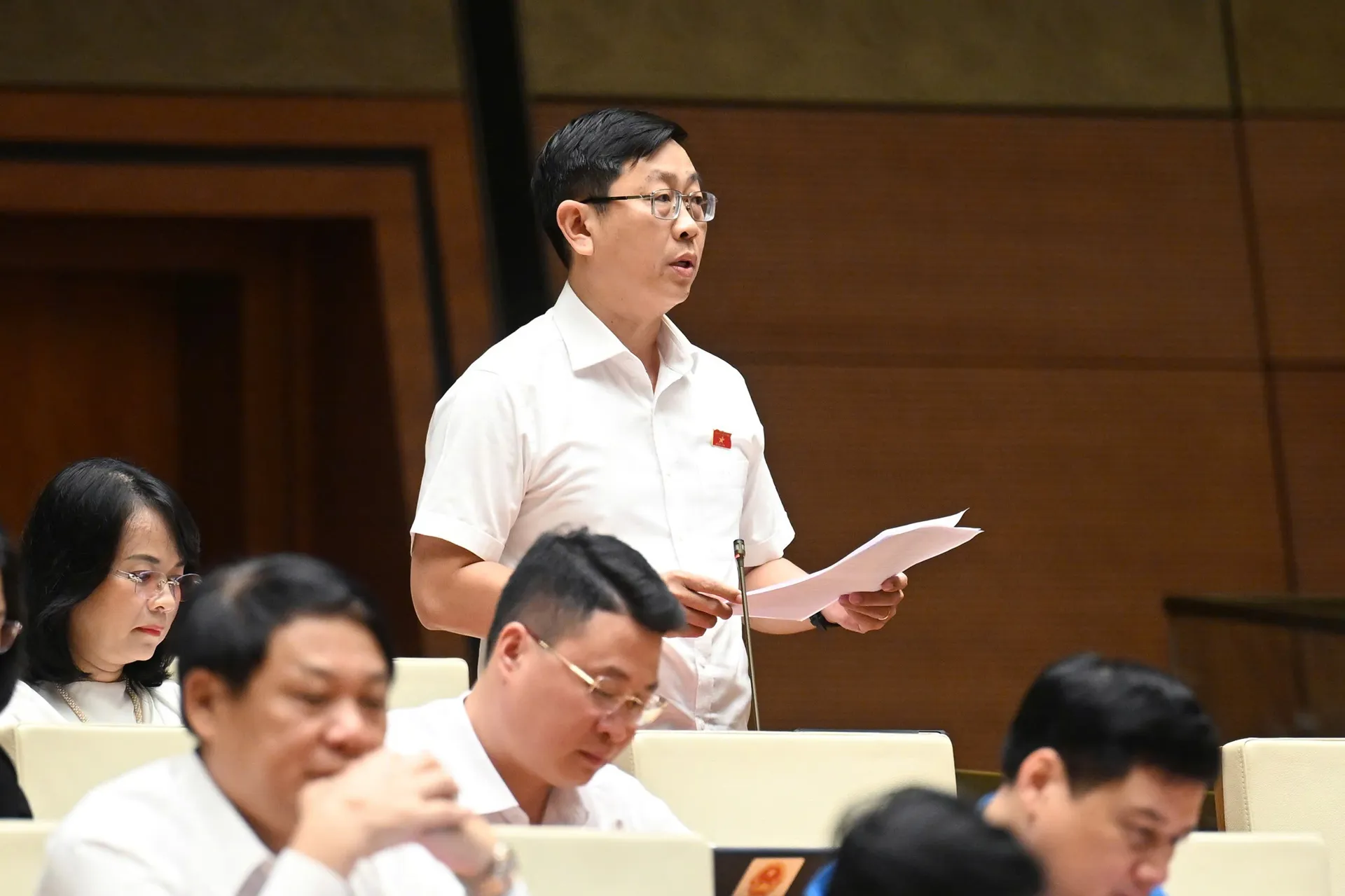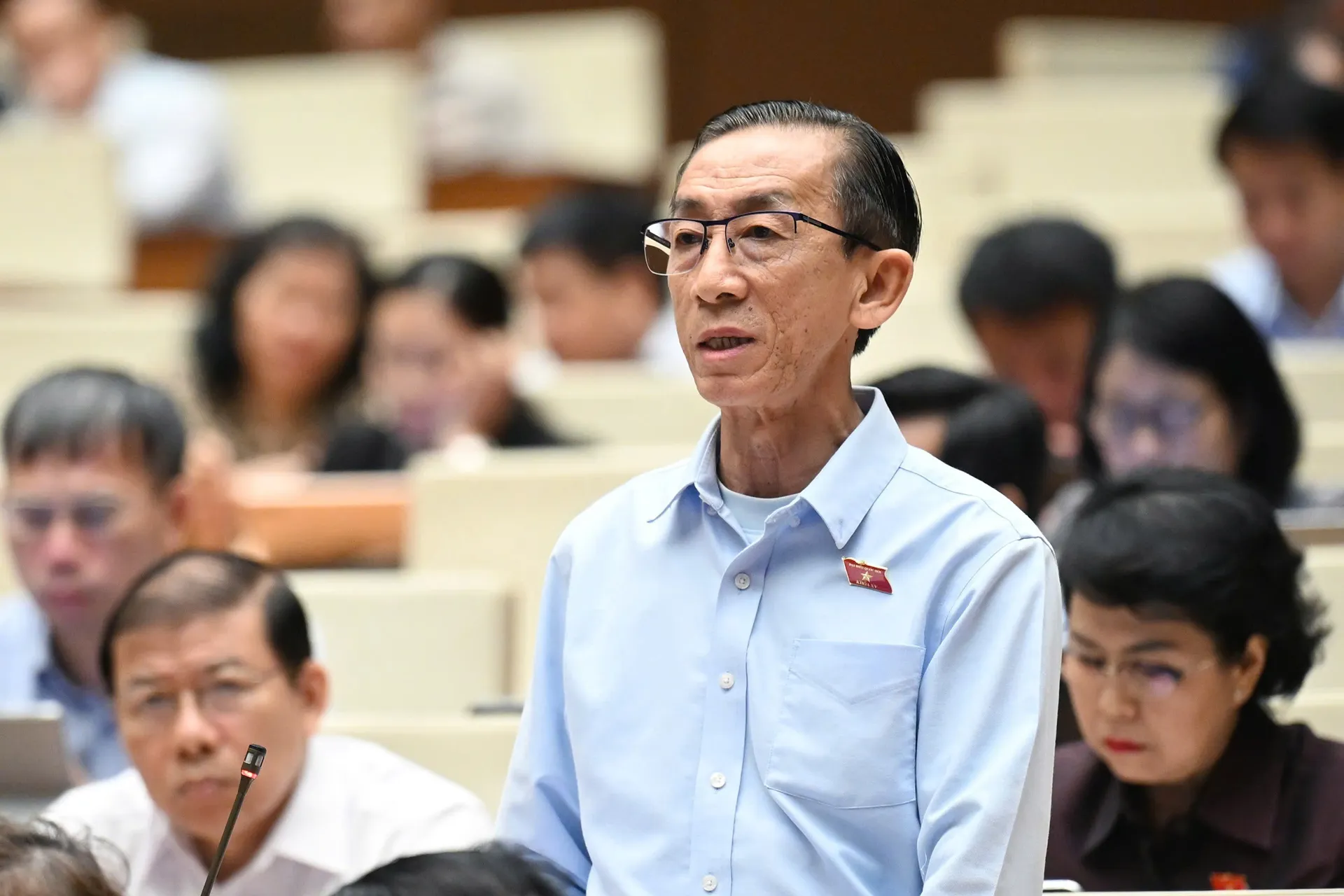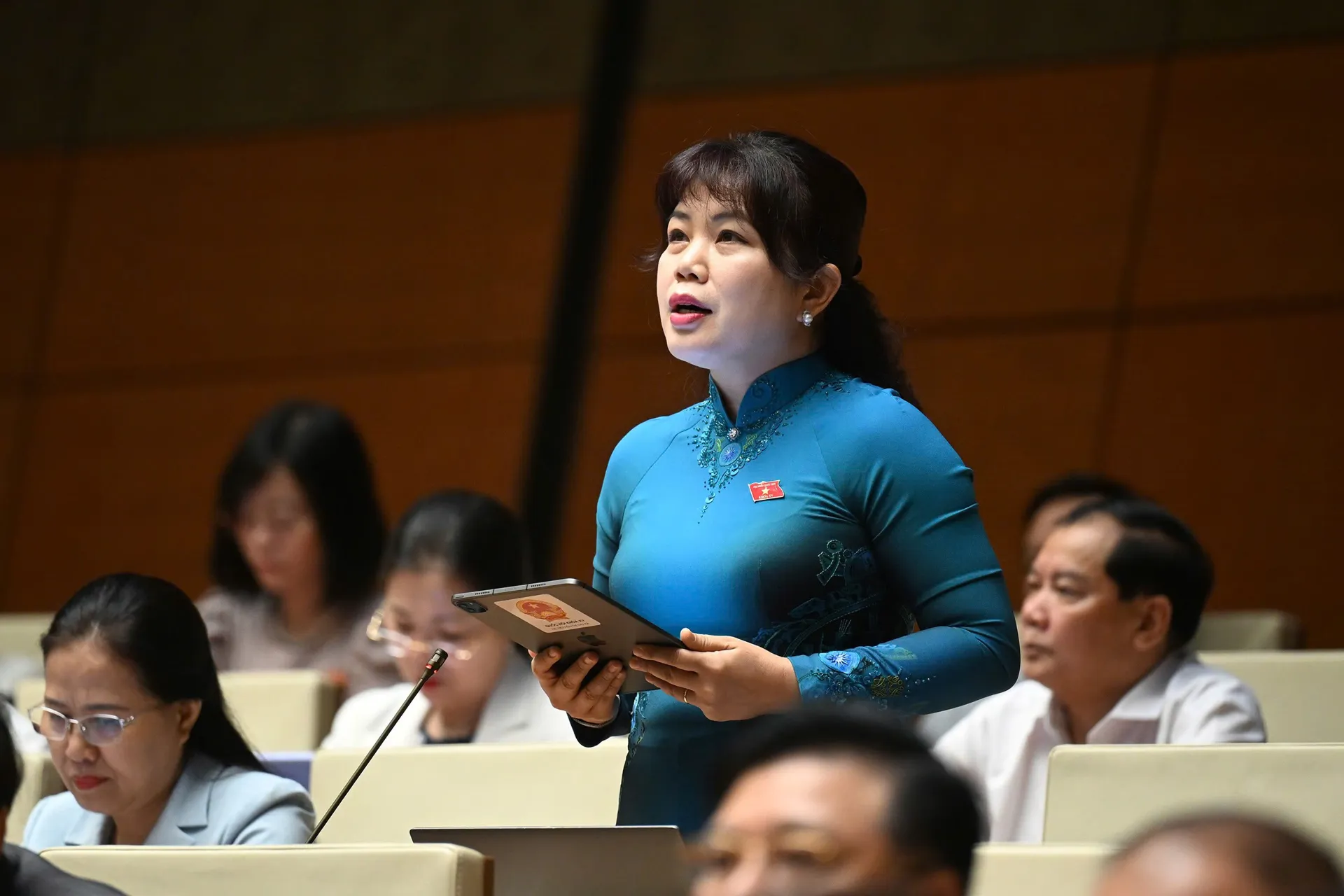National Assembly passes resolution to reshape national map
It is not only a reorganization of administrative space to strengthen governance, but also a strategic move to build a new development model.
THE HANOI TIMES — In a landmark decision on June 12, the National Assembly approved a sweeping resolution to restructure Vietnam’s provincial-level administrative map, cutting the number of provinces and centrally governed cities from 63 to just 34, the most significant change in nearly half a century.

Overview of the historic session on June 12. Photos: quochoi.vn
According to the resolution, Vietnam is now composed of 34 provincial-level administrative units, including 28 provinces and six centrally governed cities. Of these, 19 provinces and four cities have been newly formed through mergers, while 11 existing localities, namely Cao Bang, Dien Bien, Ha Tinh, Lai Chau, Lang Son, Nghe An, Quang Ninh, Thanh Hoa, Son La, and the cities of Hanoi and Hue, will remain unchanged.
Speaking at the voting session, Vice Chairman of the National Assembly Nguyen Khac Dinh said that this restructuring is a major policy initiative and a historic milestone of great political significance.
“The National Assembly is expected to pass an amendment to the 2013 Constitution and the Law on Local Government Organization on the morning of June 16,” said Dinh.
He also revealed that the chairman of the National Assembly is expected to sign 34 resolutions that day regarding the restructuring of commune-level administrative units across the 34 new provinces and cities.
The resolution today urges the relevant authorities to prepare for the newly formed provincial and municipal governments to begin operating effectively on July 1, 2025. Current local governments will continue to perform their duties until the new structures are in place.

Party Chief To Lam at the session.
It also calls for the government, provincial-level People’s Councils and People’s Committees, to reorganize local government structures, support and address issues for affected civil servants and workers, and safeguard social welfare, the legitimate rights of citizens and businesses, and national development objectives, including economic growth, security, and defense.
The government is tasked with precisely determining the natural area and boundaries of the new administrative units on maps and in the field. If discrepancies in land area are found upon verification, the government is authorized to update and publicly announce corrections without reporting back to the National Assembly.
Additionally, during the restructuring process, the government and central ministries must provide guidance and address issues that arise while reorganizing local government operations into two tiers.
On June 30, provinces will simultaneously announce their new administrative boundaries at the provincial and commune levels, as well as their new Party and government leadership structures.
Following the merger of provinces and the reorganization of commune-level units, district-level administrations will cease to exist, and the local government will adopt a streamlined, two-tier system consisting of provinces and communes.
This territorial reorganization is expected to result in the elimination of 250,000 public jobs, including 130,000 civil servants and 120,000 part-time commune-level workers. These changes are expected to save more than VND190 trillion (US$7.5 billion) during the 2026–2030 period.
Fifty-two provinces and cities will be merged into 23 new subnational administrative units: Tuyen Quang, Lao Cai, Thai Nguyen, Phu Tho, Bac Ninh, Hung Yen, Haiphong, Ninh Binh, Quang Tri, Da Nang, Quang Ngai, Gia Lai, Khanh Hoa, Lam Dong, Dak Lak, Ho Chi Minh City, Dong Nai, Tay Ninh, Can Tho, Vinh Long, Dong Thap, Ca Mau, and An Giang.

Hanoi from above. Photo: Pham Hung/The Hanoi Times
For future
During the session, Minister of Home Affairs Pham Thi Thanh Tra emphasized that the National Assembly’s decision to merge provinces and cities is a historic turning point aimed at ensuring the country's prosperous and sustainable future. This is not only an administrative reorganization to strengthen national and local governance, but also a strategic move to establish a new development model.
“This restructuring effort reflects the convergence of historical, present, and future forces. It is a matter of great importance and contemporary relevance,” she said.
Tra noted that the reports presented to the National Assembly were thoroughly, comprehensively, and scientifically reviewed.
These reports were informed by Vietnam’s historical, cultural, and practical contexts, as well as international experience. The merger takes into consideration multiple factors, including geography, geopolitics, geoeconomics, sociocultural aspects, defense, security, population, land area, ethnicity, and beliefs, all of which are viewed through the lens of comprehensive national development.
According to the minister, the provincial restructuring aims to ensure a prosperous and happy life for the people and a strong, flourishing, civilized nation. The reorganization of development space also aims to enhance the role of economic growth corridors, key economic zones, and regional drivers of development to ensure balance, harmony, and rationality across regions.
"Perhaps never before have we witnessed such strong consensus and determination from the entire political system for such revolutionary administrative reform, as well as such extraordinary efforts from local authorities," she added.
In an emotional moment, Tra paid tribute to the generations of leaders and officials who served in the three-tier local government system for nearly 80 years. "The three-tier system has fulfilled its historic mission, contributing greatly to national achievements. Now is the time to transition to a streamlined, efficient two-tier system that can respond to a new development phase," she stressed.
She acknowledged that the mergers cause some toponyms to disappear, which affects the psychology of local people who have cultural attachments to them. However, she expressed confidence that people are willing to make sacrifices for the future of the nation and future generations. This nationwide consensus and unity will provide the strength necessary to carry out this monumental reform successfully.
She also confirmed that matters such as office relocation, staff reassignment, special policies, and transitional arrangements are being carefully and systematically guided by the government to ensure stability and effectiveness.
Trích dẫn
The merger of provinces aims to create new drivers, new potential, and new space for development. It is not simply a case of “two plus two equals four,” but rather “two plus two must be greater than four.”
|
Vietnamese lawmakers have hailed the resolution as a strategic and necessary step to improve governance, optimize resources, and create more sustainable development spaces. 
Deputy Nguyen Huu Thong. Deputy Nguyen Huu Thong (Binh Thuan Province): The policy to reorganize centrally governed provinces and cities is a major strategic decision. It is both a necessary and forward-looking step aimed at enhancing governance effectiveness and efficiency, restructuring development space in a more expansive, interconnected, and sustainable manner, leveraging scale advantages, and optimizing resources. This presents an opportunity to comprehensively restructure regional development models, and reallocate population, infrastructure, and investment resources in line with a new strategic vision, contributing to the successful achievement of rapid and sustainable development goals for both localities and the nation in a new development era. 
Deputy Tran Hoang Ngan. Deputy Tran Hoang Ngan (Ho Chi Minh City): In the era of digital government and digital society, merging provinces will help streamline the state apparatus and cut public spending. More significantly, it’s not just an addition of land and people but a multiplication of economic potential. The newly formed provinces, with larger scale and more diverse resources, will be better positioned to a larger scale, attract investment and reorganize production and services more efficiently and sustainably. 
Deputy Nguyen Thi Thu Ha. Deputy Nguyen Thi Thu Ha (Quang Ninh Province): Currently, the total number of personnel in the 52 provinces and cities subject to reorganization is 447,657, including 2,321 leaders, 79,118 civil servants, and 366,218 public employees. This is a very large workforce, and their reassignment and reallocation must comply with regulations, be reasonable and fair, and gain public consensus. It is also essential to ensure the rights and benefits of civil servants, public employees, and part-time workers. More attention should be paid to accelerating wage reform, especially since the workload, scope of management, and responsibilities will all increase after the merger. 
Deputy Vuong Thi Huong. Deputy Vuong Thi Huong (Ha Giang Province): The National Assembly and the government should consider issuing specific policies and ensuring sufficient resources to support the relocation of civil servants and public employees to new administrative centers. This includes training policies, support for new employment, improved living conditions, official housing, and transportation for those from remote areas who must relocate. In cases where local governments are allowed to formulate their own policies, a special mechanism should be established to support 50%-70% of the costs for provinces that receive over 70% of their funding from the central budget, to ensure staff feel secure and motivated in their work. |











